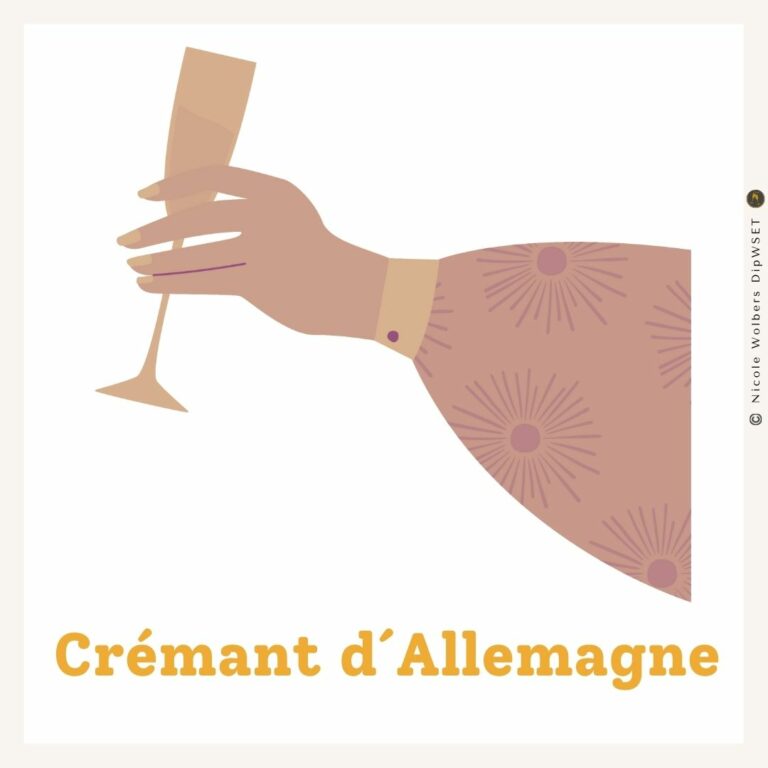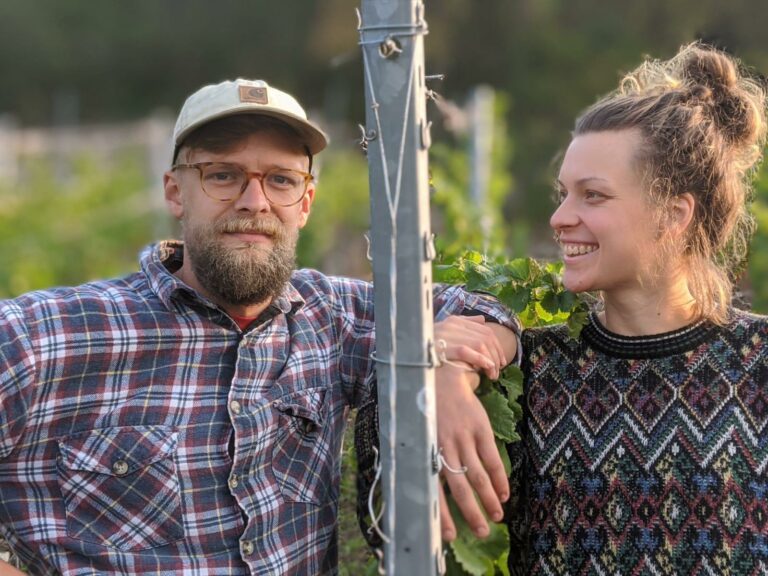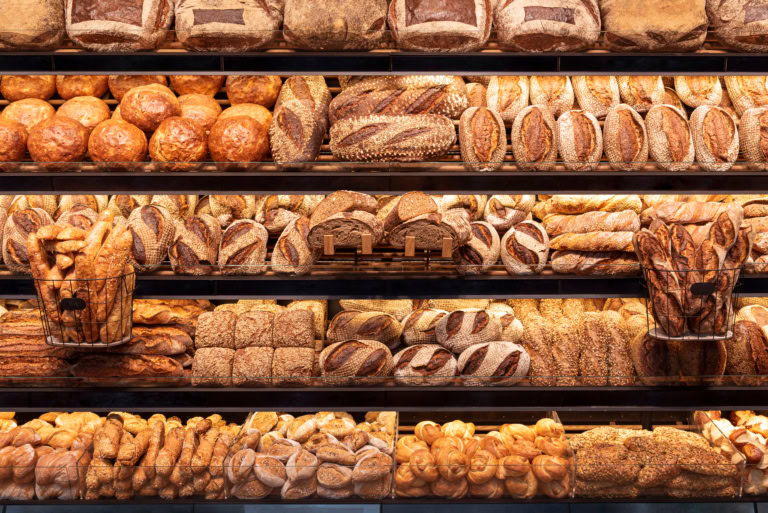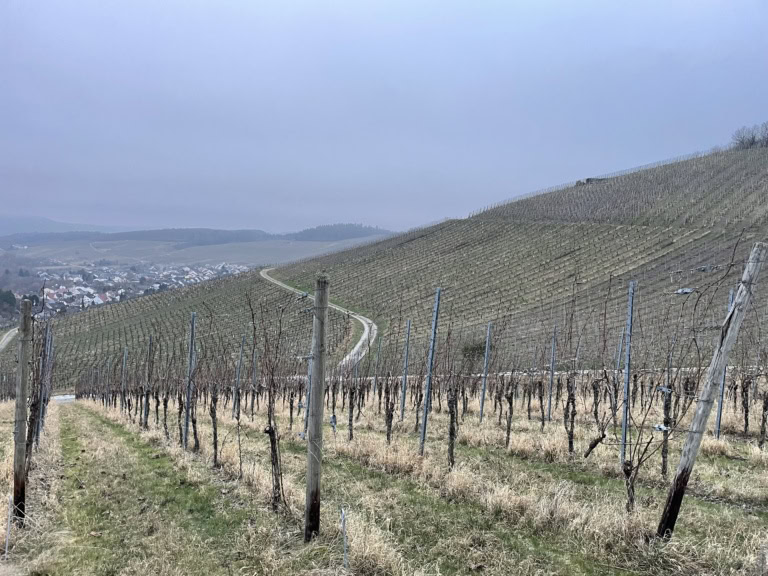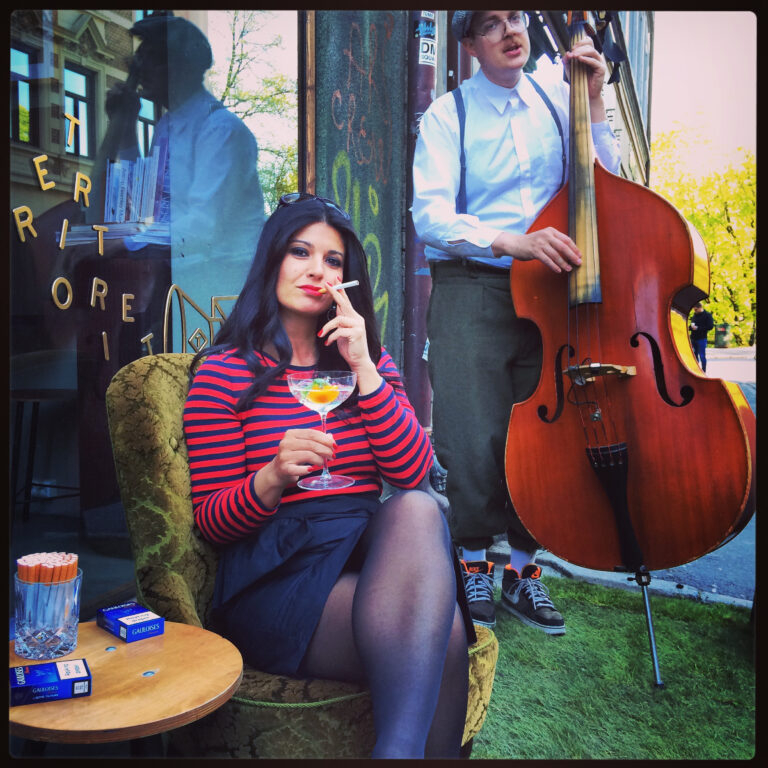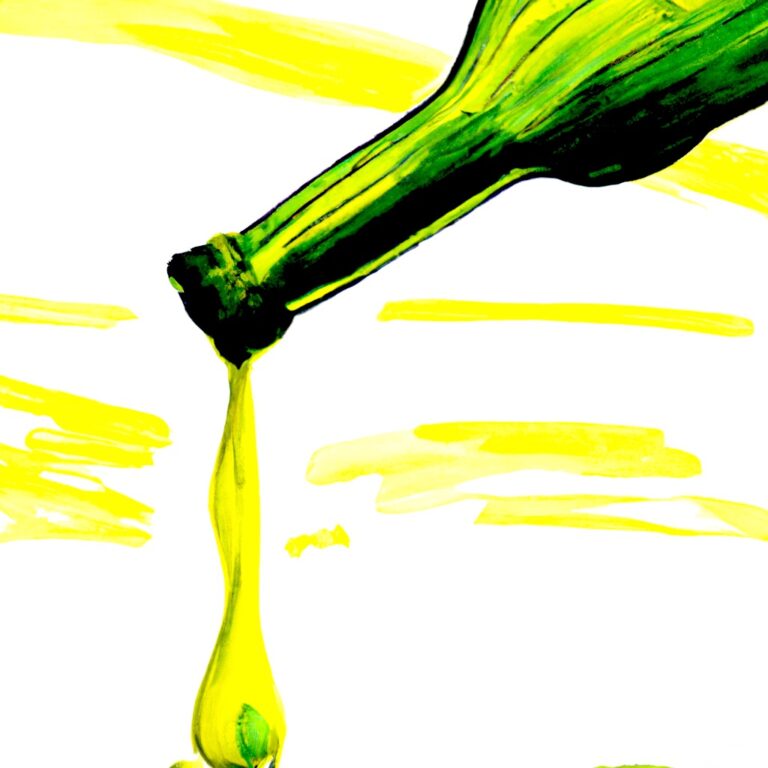Germany’s Blanc de Noir: In Praise of B Sides
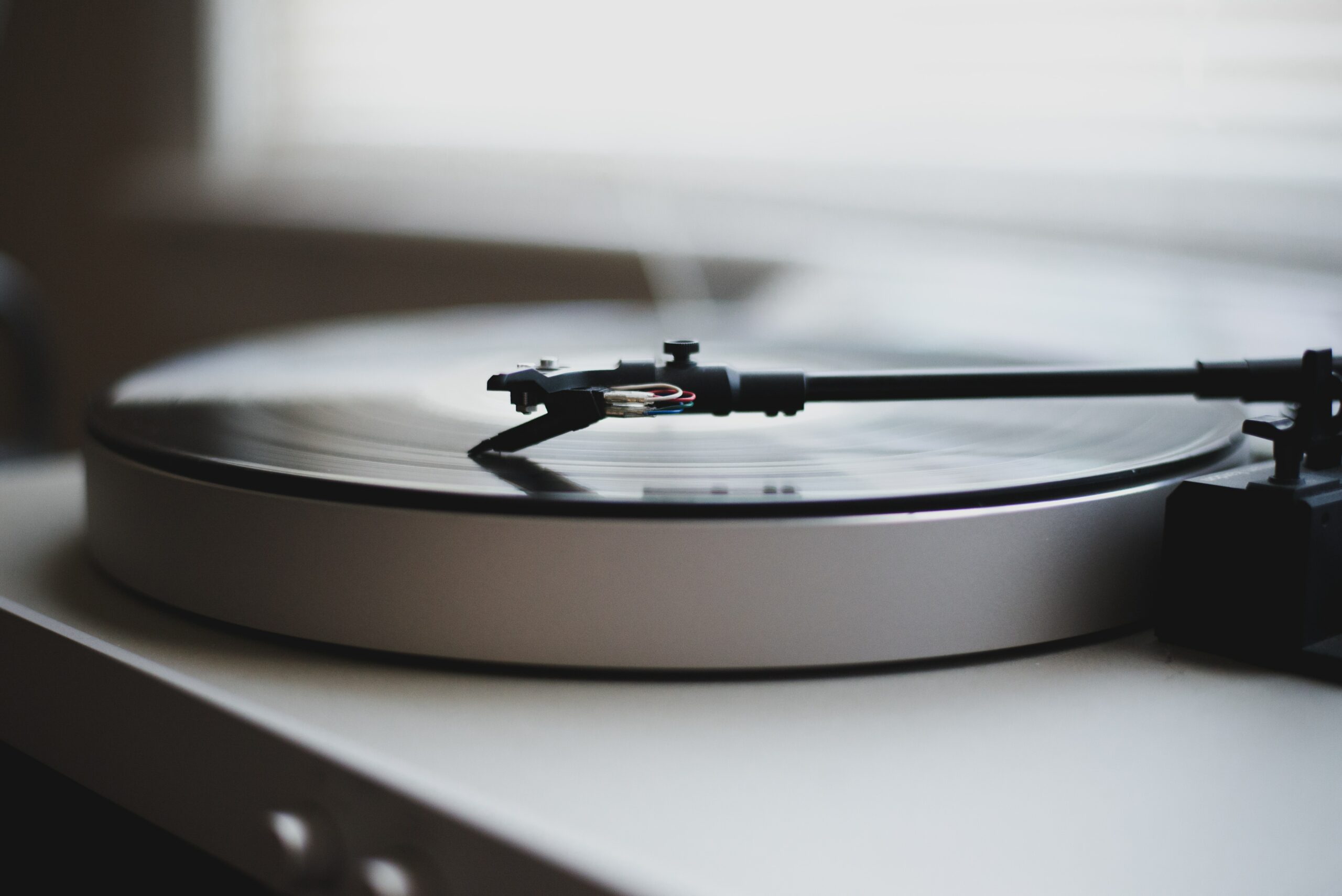
I’ve been a fan of B sides since, well, pretty much since there have been B sides. Record companies have historically used vinyl’s flipside as a holding pen for unreleased or less desirable concept material. Pieces that don’t fit the brand; supplementary songs with minimal hopes and lower aspirations. Filler. Yet, to me B sides embody the edgy and unpredictable, the vulnerable creative underbelly of both artist and medium. Let’s call rosé, the pink “wunder” of the last decade, our A side. Industry figures show that rosé now constitutes some 9% of the global wine market. Thirty-nine percent of wine drinkers in…

